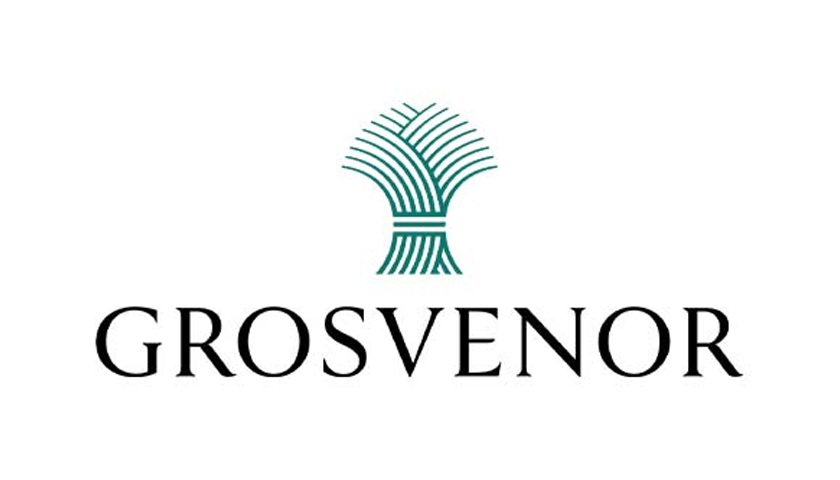Grosvenor Property UK announces the launch of its industry-leading biodiversity strategy, to complement its journey to achieve net zero carbon by 2030.
This new approach enhances its longstanding support for building biodiverse communities through the creation and management of a wide range of habitat types, providing food and shelter for priority species.
Grosvenor Property UK committed to Valuing Nature as one of its four green goals in 2019. This set out the property company’s ambition to create a significant biodiversity net gain across new developments and existing assets by 2030. A 2021 baselining exercise followed, during which all existing green assets were assessed, and targets set.
Each of its business areas now has specific biodiversity net gain targets in place which fall under overarching goals of a 20% increase in biodiversity on managed green spaces and a 100% increase on developments by 2030 using DEFRA’s Biodiversity Metric 3.0.
The new strategy sees the business responding to the need to restore ecosystems, combat the climate emergency and halt the decline of the UK’s wildlife. Beyond the direct benefits of reversing biodiversity loss, integrated strategies like those proposed here can aid urban climate resilience, helping to regulate urban heat island effects and mitigate flood risk.
Living roofs, wildflower rich grassland and wildlife friendly planting are some of the many tactics being used across Grosvenor’s existing portfolio. This will also apply to new developments, which will prioritise biodiversity gains from the outset.
Tor Burrows, Executive Director, Sustainability and Innovation, Grosvenor Property UK said: “Biodiversity and the management of urban places are often seen as two separate fields, but we know that this shouldn’t be the case. Humans have an intrinsic link with the natural world no matter where they live and work.
“We believe urban areas can once again become nature-rich through biodiversity strategies and targets like ours, bringing a myriad of benefits for nature, communities and cities.
“We’re looking forward to reporting on our progress and learnings annually, supporting biodiversity in the built environment and ensuring that our work has measurable and positive impacts on people and the planet.”
Examples of the strategy in action and places being transformed include:
- Grosvenor Square: Proposals to transform London’s second largest garden square into an extraordinary garden with habitat rich planting, water features and a new education building will result in a 15.5% biodiversity net gain, a significant increase for an existing green space
- Holbein Gardens: Grosvenor’s first net zero scheme is seeing this 1980s London office building repurposed into an exemplary modern workspace where greening across 11% of its internal area, outdoor terraces and ground floor landscaping will drive a 200% biodiversity net gain
- Belgrave Square Garden: home to the Belgravia Forest School, Grosvenor is trialling projects to improved grassland diversity by introducing wildflower species and seeds and amending its maintenance programme
- Trumpington Meadows, Cambridgeshire: an ex-agricultural centre now transformed into a 1,200-home community where 80% of the site is undeveloped and dedicated to a 148-acre riverside country park and nature reserve managed by the Wildlife Trust
